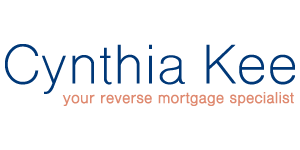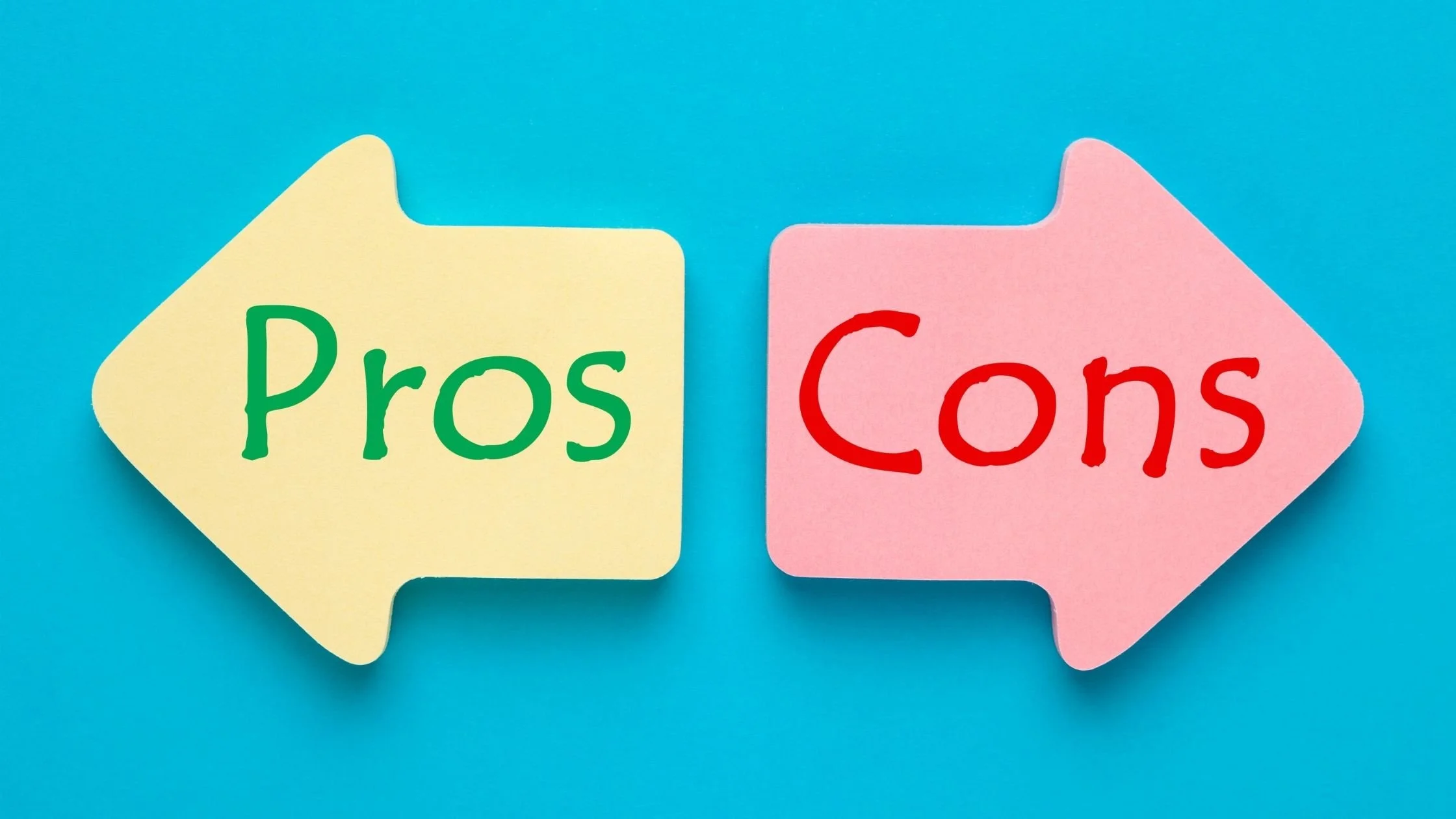The Pros and Cons of a Reverse Mortgage
"I am not a product of my circumstances. I am a product of my decisions." – Steven Covey
Reverse mortgages are powerful financial planning and retirement funding tools. However, they aren’t for everyone, so you should understand the benefits and drawbacks of these loans.
Pros of a reverse mortgage:
You are still the owner of the house and retain the title. You can continue to live in your home as long as you meet all of the loan obligations, including living in the property as the principal residence, maintaining the home, and paying property charges, including property taxes, fees, and hazard insurance. The loan will need to be repaid if you do not meet these loan obligations.
A fixed-rate reverse mortgage keeps the same rate for the entire loan term, so you are protected if market rates rise.
With a HECM, with very few exceptions, you can use the money as you see fit.
You do not make any monthly mortgage. The only mortgage payment you make is due in full when you sell your home, pass away or otherwise fail to meet all loan obligations. However, you must continue to pay taxes and insurance on the property and maintain the property.
A reverse mortgage is what’s known as a non-recourse loan. Upon sale of the property, neither your nor your heirs are personally liable for any amount of the mortgage above the value of your home. If you sell your home at the appraised fair market value, and that amount is less than what you owe, your mortgage insurance will pay the remaining balance of your loan.
Cons of a reverse mortgage:
Interest and fees are added to the loan balance, which increases over time.
A variable-rate reverse mortgage means your rate could go up if the market fluctuates.
Vacation homes and rental properties aren’t eligible.



